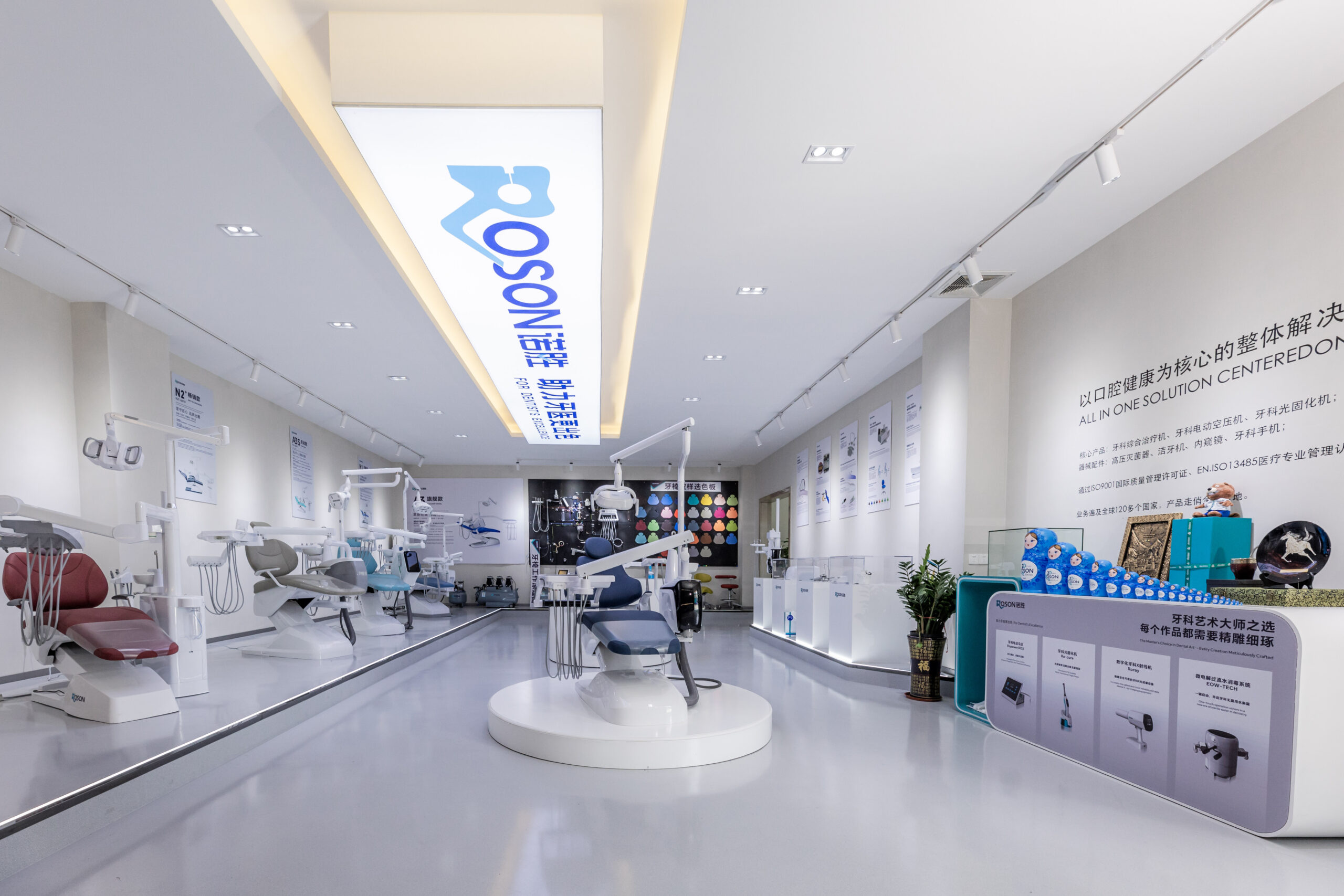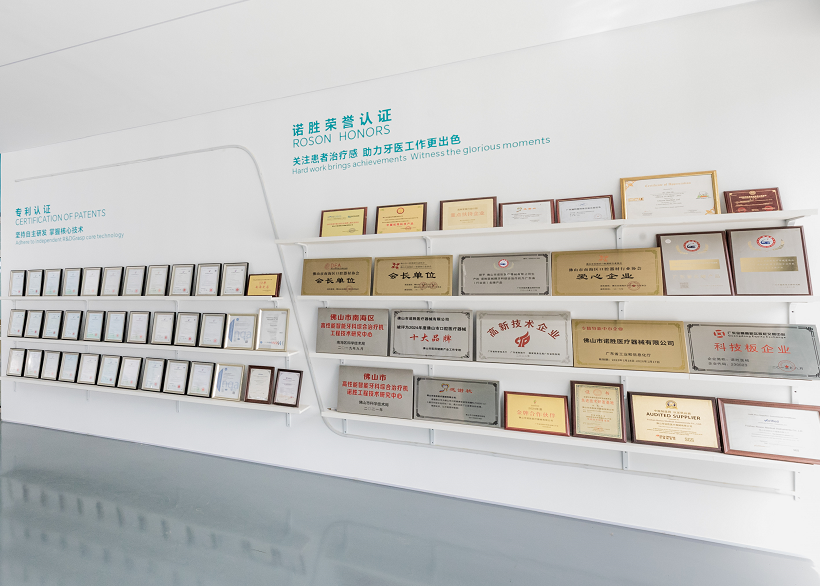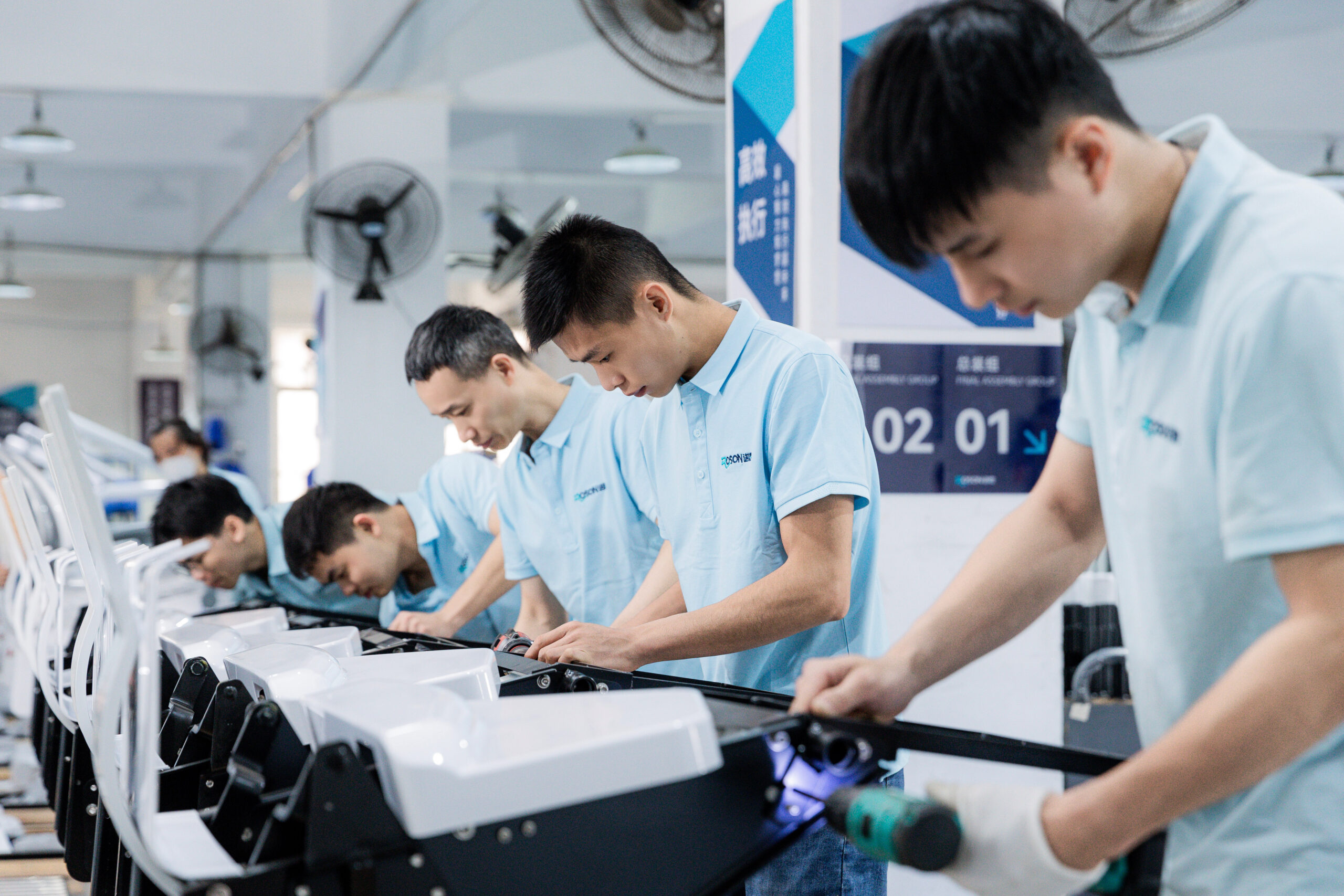The Benefits of Using Digital Dentistry Equipment
Digital dentistry is the term used to describe the use of digital technologies in dentistry. These technologies have revolutionized the way dental professionals diagnose, treat, and manage dental problems. The use of digital dental equipment offers many benefits over traditional dental technology. We will discuss the benefits of using digital dental equipment.
Improved Accuracy
One of the biggest advantages of using digital dental equipment is its improved accuracy. Traditional dental procedures, such as taking impressions or fabricating restorations, usually require multiple steps, and human error can occur at each step. However, digital dental equipment uses advanced imaging and computer-aided design (CAD) technology to provide highly accurate and detailed images of a patient’s teeth and oral structures. This accuracy leads to more precise diagnosis, treatment planning, and the fabrication of restorations such as crowns, bridges, and implants. Digital dental equipment can also be used to detect and treat the early stages of oral cancer and gum disease.
Increased Efficiency
Digital dental equipment is revolutionizing the dental industry by increasing efficiency in some ways. First, it allows for faster turnaround times when manufacturing restorations. In traditional dentistry, patients had to wait days before their restorations could be fabricated in a dental lab. However, digital dental equipment allows dentists to make restorations on-site, which means patients can have their restorations fitted on the same day as their appointment.
Second, digital dental equipment simplifies the impression process. In traditional dentistry, dentists use a grease-like material to make an impression on a patient’s teeth. However, this process is time-consuming, messy, and can be uncomfortable for patients. With digital dentistry, dentists can create a digital impression of a patient’s teeth using an intraoral scanner that is faster, more comfortable, and messy. This allows the dentist to perform treatment faster and more efficiently.
Improved Patient Comfort
Digital dental equipment greatly improves patient comfort. In traditional dentistry, patients often have to undergo painful, uncomfortable, and time-consuming procedures. However, with digital dental equipment, patients experience less discomfort, faster procedures, and a better overall experience. For example, digital dental equipment allows for the use of laser technology, which is less invasive, while causing less pain and bleeding compared to traditional procedures. Additionally, the use of digital imaging technology allows dentists to diagnose and treat oral health issues on time, thus discouraging the need for more invasive and uncomfortable procedures.
Improved Communication
Digital dental equipment also improves communication between dental professionals and patients. With digital imaging and CAD technology, dentists can provide patients with a more accurate understanding of oral health issues, treatment plans, and expected outcomes. This allows patients to make more informed decisions about their treatment and better understand what to expect during procedures.
In addition, digital dental equipment improves communication between dental professionals. With digital recording and imaging technology, dentists can quickly and easily share information about patients with other dental professionals, such as orthodontists or oral surgeons. This allows for more coordinated, effective care and ultimately better outcomes for patients.
Greater Patient Engagement
Digital dental devices also increase patient engagement in oral health. With digital imaging, patients can see detailed images of their teeth and oral structures, which helps them better understand oral health issues and recommend treatments. This increased engagement usually leads to better patient compliance with oral health regimens, which leads to better overall oral health.
Cost Benefits
Lower material costs: digital devices eliminate the need for physical impressions, which reduces the amount of material needed to create dental prosthetics such as crowns, bridges, and dentures. This leads to lower material costs, which can make digital dentistry more cost-effective.
Increased Efficiency: Digital devices can take measurements and impressions faster and more accurately, which reduces the amount of time and effort required by dentists and dental technicians. This increased efficiency can translate into cost savings for dental practices.
Lower Labor Costs: Digital devices can reduce labor costs by streamlining the process of creating dental prosthetics. For example, CAD/CAM technology allows for automated production of dental prosthetics, which reduces the need for manual labor and may lead to lower costs.
Longer Lifespan: Digital equipment typically has a longer lifespan than traditional equipment, which means that the cost of replacement or maintenance is spread out over a longer time.
Overall, while the initial investment in digital dental equipment may be higher than traditional equipment, the long-term savings can make it a cost-effective option for dental practices.






